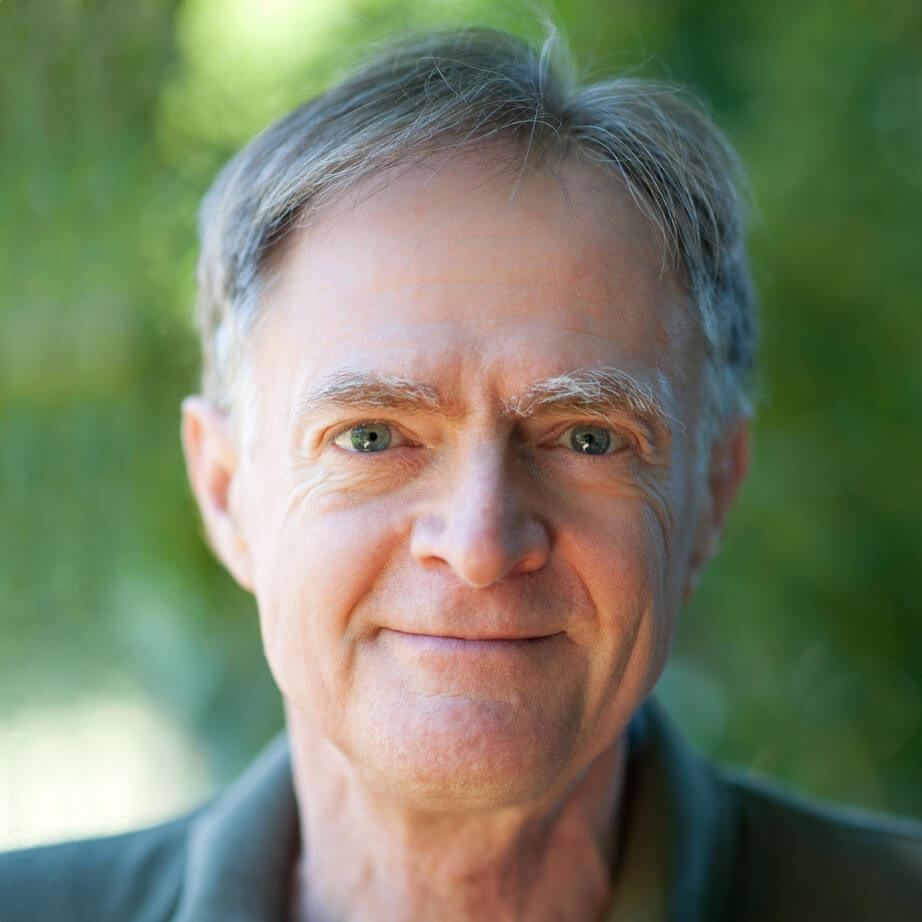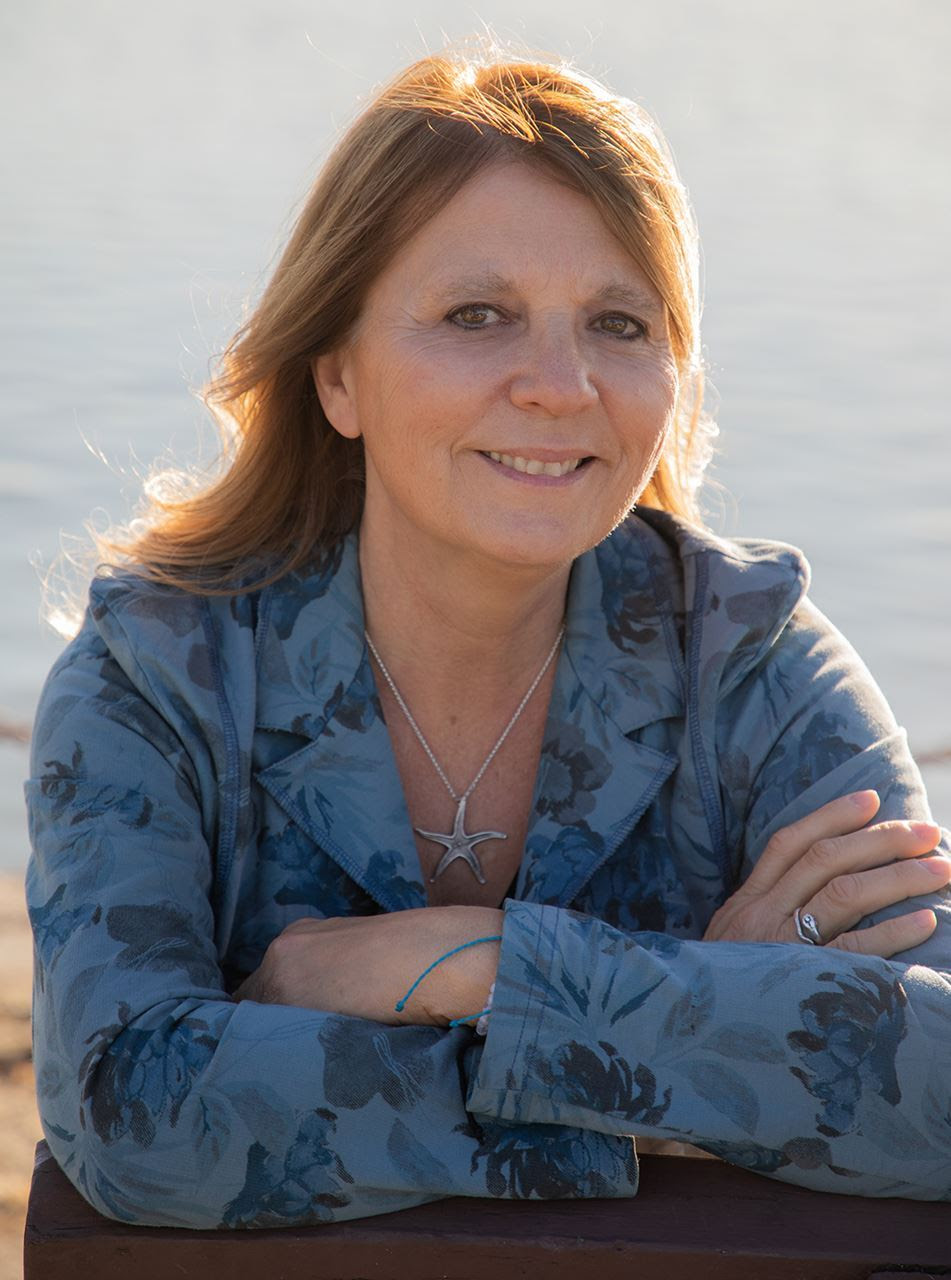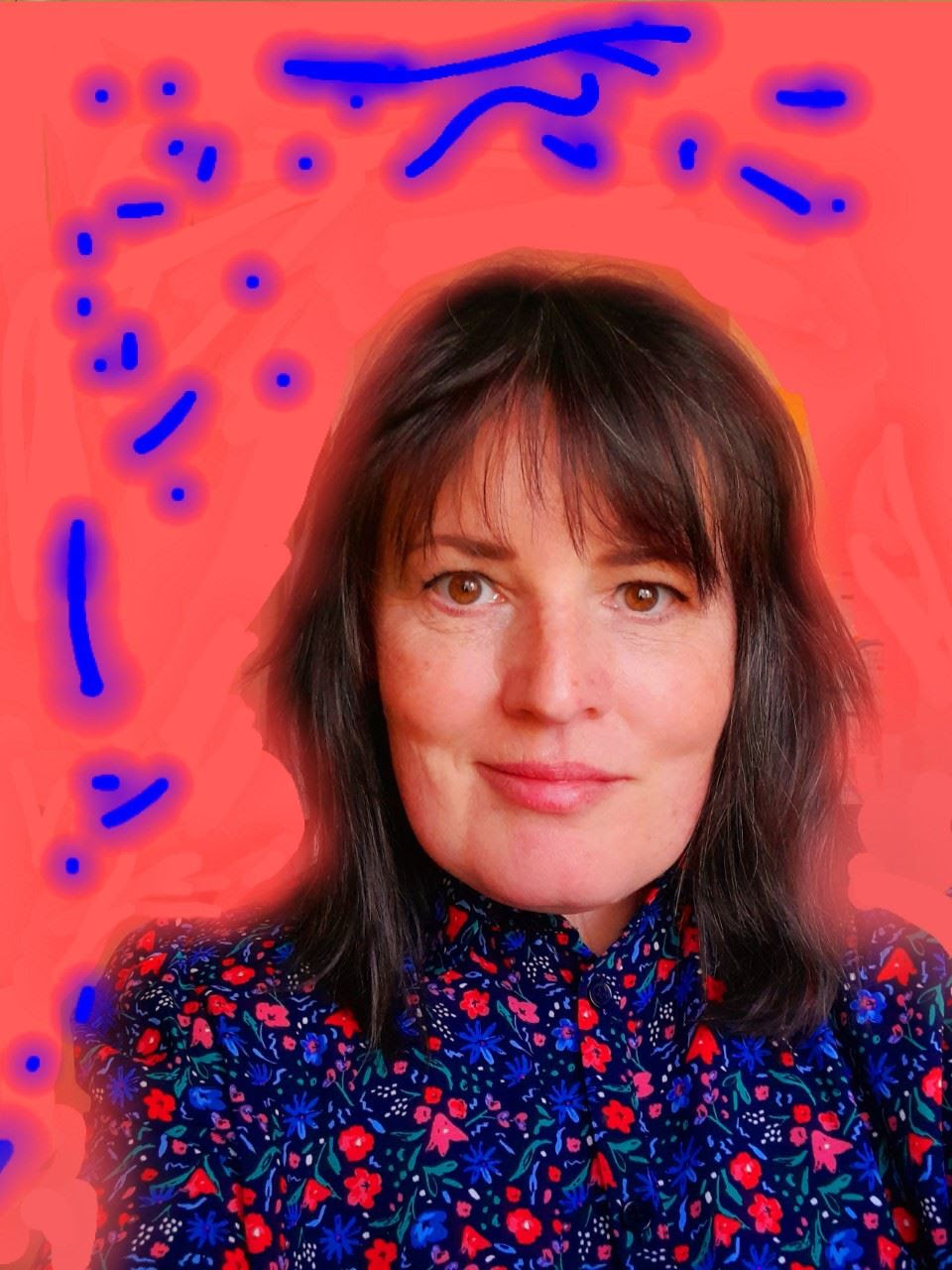Video of the event
EVENT DETAILS
Ecoartspace: What’s Next for Earth + Think Resilience
A conversation with Richard Heinberg and Michele Guieu, and artists Rosalind Lowry and Eileen Wold
Thursday, May 19, 2022
United States: 10:00am PT, 11:00am MT, 12:00pm CT, 1:00pm ET
Europe: 17:00 GMT Australia: 4am AEDT, Thursday
The Ecoartspace event’s page is here.
“Acting without this understanding is like putting a bandage on a life-threatening injury.” Richard Heinberg
We live in a time of tremendous political, environmental, and economic upheaval. How can artists better understand and examine these interconnected crises, from pandemics and pollution to biodiversity loss and global warming? This conversation between Post Carbon Institute senior fellow, Richard Heinberg, and artist Michele Guieu, will shed light on both the complex crises of our time and the role of the arts in addressing them. Artists Rosalind Lowry and Eileen Wold, will also share their work in response to the What’s Next for Earth exhibitions.
What’s Next for Earth (WNFE) is a participatory art project founded by Michele Guieu that engages artists in deeper exploration of this “human predicament” we find ourselves in. Through bimonthly open art calls and exhibitions that follow the Post Carbon Institute’s online short course, “Think Resilience,” WNFE asks artists to make works that respond to these crises and to envision a resilient future. What’s Next for Earth is supported by Stanford University’s Millennium Alliance for Humanity and the Biosphere (MAHB). More than 120 artists from around the world are participating in the project, and new participants are always welcome!
Presenters

Richard Heinberg is a Senior Fellow of the Post Carbon Institute (PCI) and is regarded as one of the world’s foremost advocates for a shift away from our current reliance on fossil fuels. He is the author of fourteen books, including some of the seminal works on society’s current energy and environmental sustainability crisis, including Power: Limits and Prospects for Human Survival (New Society, 2021) and Our Renewable Future: Laying the Path for One Hundred Percent Clean Energy, co-authored with David Fridley (Island Press, 2016). Heinberg wrote and narrated PCI’s animated video, 300 Years of Fossil Fuels in 300 Seconds (winner of a YouTube’s DoGooder Video of the Year Award, 2011), which has been viewed by nearly two million people and translated into multiple languages. He is also the author and narrator of Post Carbon Institute’s 22-video Think Resilience online course, on which the What’s Next for Earth art project is based.

Michele Guieu is a collapse-aware visual artist, art educator, and activist. Through ephemeral art installations in natural environments and public spaces, art projects with children, and ongoing involvement with sustainability organizations, she aims to bring awareness to the multiple man-made crises we face today. She’s the Arts Coordinator at MAHB (Millennium Alliance for Humanity and the Biosphere) where she invites eco-artists to write essays for the Arts Community page. Guieu created What’s Next for Earth, an online exhibition project supported by the MAHB and the Post Carbon Institute, to reflect on the climate emergency and the human predicament and envision a desirable future. What’s Next for Earth proposes monthly art calls based on the Think Resilience free online course by the Post Carbon Institute.

Rosalind Lowry is an artist from Northern Ireland who works with a range of media to create site-specific land art, installations and sculpture. She has just completed a 2 year Artist in Residence project on the peatlands of County Tyrone for the UK Heritage Lottery and Lough Neagh Partnership, delivering a series of site-specific sculptures and installations on the peatlands. The main influences on her work are the historical human commodification of the land by man, the disappearing Irish landscape and its heritage and folklore, leading to ecological destruction and social conflict, and the presence and labour of women in the Irish landscape.

Eileen Wold uses deep analytical research to understand the complexity of energy and earth systems. She has chartered planes over coal mines and toured power plants, and she works collaboratively with scientists and engineers to enrich her practice and inquiry. Wold co-founded the online artist journal, Black Bucket Essays and has taught graduate critical studies and university studio courses for over ten years. Eileen Wold was born and raised in New York, received her MFA from the Maryland Institute College of Art, and has exhibited and lectured nationally. She currently resides on Bainbridge Island, outside of Seattle. Currently, Wold is part of a two-year outdoor sculptural show at Unison Arts in New York, Owning Earth, that focuses on the politics and humanity of our relationship with the natural world.
Header image: Elieen Wold (left) and Rosalind (right)
The views and opinions expressed through the MAHB Website are those of the contributing authors and do not necessarily reflect an official position of the MAHB. The MAHB aims to share a range of perspectives and welcomes the discussions that they prompt.

